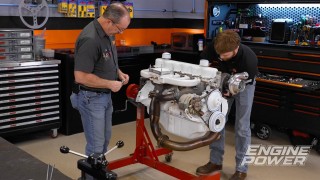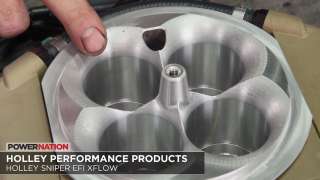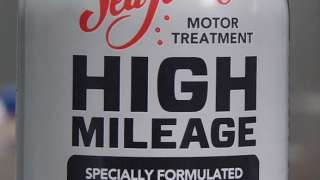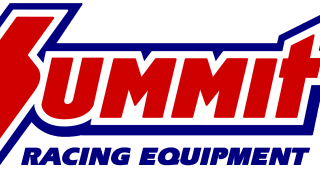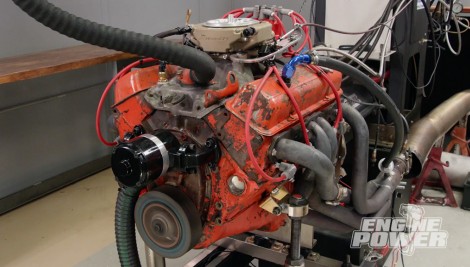
The Great Intake Debate: Dual Vs. Single Plane Intake Manifolds
We test multiple configurations of our V8 to see what makes the biggest difference on the engine dyno.
Season 8
Episode 13
Hosts: Pat Topolinski, Frankie Forman
First Air Date: August 11, 2021
Duration: 21 minutes 35 seconds









